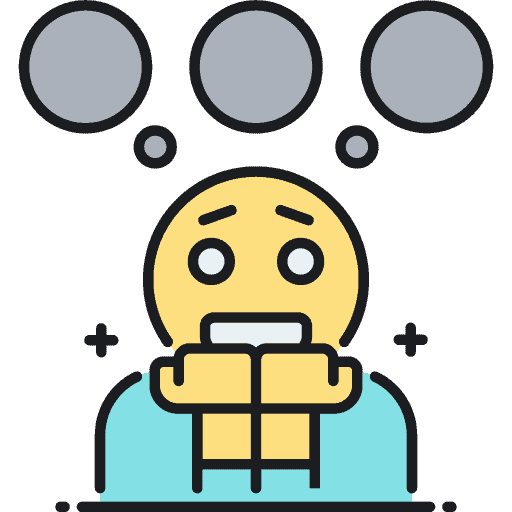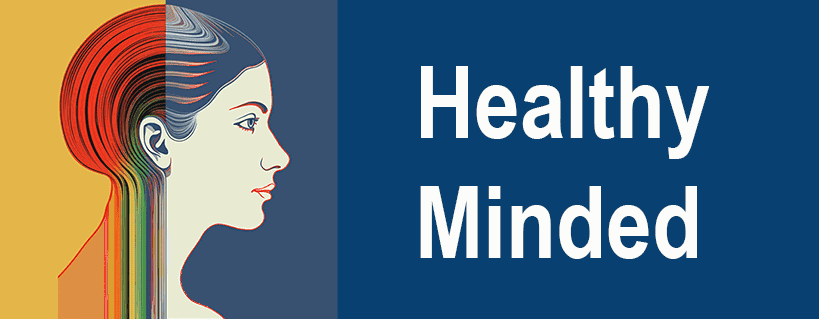
Far from being a simple embarrassment, claustrophobia is a very painful phobia to live with and can become debilitating in everyday life. To heal, it’s necessary to find the cause of inner anxiety. The disorder is one of the most common phobias of our time.
Claustrophobia is the fear of tight spaces and confinement. This phobia affects between 4 and 5% of the population and can become highly debilitating in everyday life.
The claustrophobic person has the impression of suffocating when in an elevator, confined to the subway, or any other small closed space. In extreme cases, this feeling of choking is accompanied by intense anxiety that can lead to a panic attack or the sensation of going crazy.
The causes of claustrophobia are difficult to define because they depend on each person’s history: trauma at birth or in childhood, for example, or an act of aggression in a confined space such as in a train car.
To overcome claustrophobia, it’s necessary to find the root cause of the anxiety: psychoanalytic psychotherapy can be very useful.
It’s estimated that 4-5% of people in the general population suffer from claustrophobia. The etymology of the word claustrophobia comes from the Latin claustro, resulting from claustrate (cloister, enclose) and Greek phobos, which means fear. Claustrophobia is the fear of restricted spaces, confinement.” Oftentimes, the fear of confined spaces is accompanied by a fear of falling.

Possible Treatments for Claustrophobia
It’s necessary to consult from the moment when claustrophobia affects daily life, or it could become seriously debilitating because if one does not do anything, the phobias extend.
Many people in the USA are turning to cannabinoids (CBD) as a cure-all for anxiety. Be they drops under the gums or gummy bears, the effectiveness is anecdotal, though very compelling. Research into cannabis extracts will tell us more precisely if they are a solid alternative to serious, addictive medications like valium or benzodiazepines.
If psychotherapy of psychoanalytic inspiration is advised for a phobia, it helps to put the broader context of the personality in perspective and helps us to know where the anxiety comes from. If we can solve the problem, the phobia has a better chance of disappearing completely.
Behavioral work can be introduced in parallel. Depending on the claustrophobe’s progress, the therapist may take the patient to take the elevator more often, for example. At a certain point, the more we handle the situation, the more we can extricate it from harmful associations.
cognitive-behavioural therapy (CBT) is a very effective choice for treating phobias. It involves confronting and changing thought processes and/or behaviors through symptom-centred practice exercises.
Analysis Of A Claustrophobia Case

Example of a patient: Sam is a 28 year old man who always loved to fly. He once made a trip with his spouse and was seized with paroxysmal anxiety during this flight disturbed by turbulence. From that point forward, he carried a fear of being on a plane, to the point of sometimes doing more than 3 days of travel by other, slower means of transport.
“In fact, he felt very guilty of deceiving his wife, a mother of a baby, the real events – the turbulence – and his agonizing guilt combined to give a fear of the plane, his anxiety came from elsewhere but crystallized on an unpleasant situation” explains his psychoanalyst.
Famous claustrophobes: American actress Uma Thurman suffers from claustrophobia.
Behaviors Associated With The Phobia of Confinement
Claustrophobia is an anxiety disorder. This fear and panic of confined spaces without escape can in some cases be associated with ochlophobia, which is the fear of being suffocated or crushed by a crowd. The sensation of suffocation is the same as that which a claustrophobe feels. Taphophobia, or the fear of being buried alive, is also a form of claustrophobia.
What is the causes of claustrophobia? It depends on the history of each. Otto Rank, Austrian-born psychoanalyst 1, has hypothesized that this is linked to birth trauma, including the process of moving through a narrow passage, which leaves an imprint traumatic to the child,” he reports. Regarding the link between claustrophobia and pregnancy, it’s also possible that excessive stress on the mother during these 9 months can have an impact.
In any case, there’s always a trigger; it can be a trauma experienced in childhood or a shocking experience of confinement. Nevertheless, to understand the source of claustrophobia in an individual, we must question the severity of the traumatic event.
If it’s an assault in a subway, the trauma is strong enough to have generated a phobia of tunnels and underground passages. On the other hand, if the phobia is declared after feeling a sensation of suffocation in an elevator, then it’s probable that the claustrophobe has merely discovered an already underlying phobia.
Physical, Psychic and Behavioral Consequences

As for most phobias, the cause of anxiety is not the object of phobia. Because it’s impossible to escape into oneself, the mechanism of phobia is used to enable it, through an unconscious mechanism; the claustrophobe projects this anguish on the outside. The situation, object or action in this situation is responsible for the anxiety. It is, therefore, crucial to avoid the phobic object to avoid anxiety.
When the claustrophobe finds his- or herself in a closed space, an unconscious mechanism is triggered and can generate palpitations, tremors, hot flashes or difficulty breathing. The subject has the impression of running out of air or suffocating, sometimes to the point of a physical disruption in breathing.
The intensity of the anxiety makes the difference between unpleasant sensations and pathology. Thus, if a person has paroxysmal anxiety connected with the fear of a panic attack in a situation of confinement, he or she must set up counter-measures such as no longer taking the elevator, the train et cetera.
This is because claustrophobia is much more than a simple apprehension; it can result in very painful experiences,” insists the psychoanalyst and psychotherapist.
- The Ultimate Guide to CBD For Your Health - December 11, 2025
- Claustrophobia: The Fear of Restricted & Confined Spaces - July 25, 2024
- Dyscalculia: Causes, Symptoms, and Prevalence - December 3, 2019
